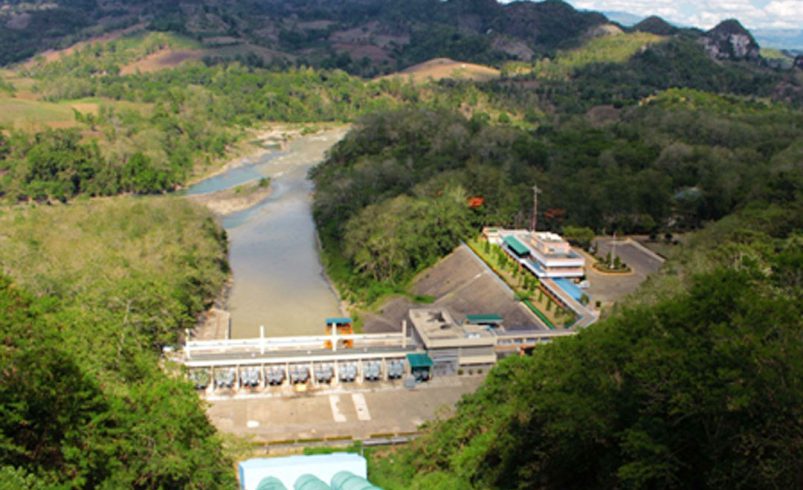First Gen Open to Studying Agus-Pulangi Hydropower Complex
- November 10, 2025
- 0

First Gen Corporation is open to exploring opportunities to rehabilitate and operate the Agus-Pulangi Hydropower Complex in Mindanao, saying hydro plays a crucial role in balancing the country’s growing mix of variable renewable energy sources.
“Yes, I mean, why not?” First Gen Vice President and Head of Strategy and Planning Jay Joel L. Soriano said during the sidelines of the Asia Clean Energy Summit 2025 when asked about potential interest in the project. “If you look at what we’ve been doing—Casecnan came up, we looked into it. CBK came up, we looked into it. Because hydro is a nice complement to geothermal, solar, and wind.”
The government is currently pursuing the rehabilitation of the Agus-Pulangi Hydropower Complex, one of the oldest generation assets in the Philippines. The complex, managed by the Power Sector Assets and Liabilities Management Corporation (PSALM), is seen as vital to ensuring Mindanao’s energy stability and integrating more renewables into the grid.
Soriano explained that hydro’s flexibility makes it an ideal partner for intermittent sources like solar and wind, especially as more capacity enters the system under the Department of Energy’s Green Energy Auction Program (GEAP).
“If you look at the GEAP, we expect 3 gigawatts of wind and 3 gigawatts of solar next year, and about 1 gigawatt the following year,” Soriano said. “That’s solar coming in during the day. From experience, when I was still in Negros, there was geothermal and then new solar was built—and during sunrise and sunset, things get unstable. That’s why we need the right energy mix.”
He stressed that balancing technologies are essential to maintain grid stability as the Philippines accelerates renewable deployment. “To support all the solar that’s coming up, we need balancing technologies. Hydro is a great balancing technology,” Soriano said. “So any opportunity that comes up, for sure we will study it seriously.”
Asked whether First Gen’s potential involvement would cover both rehabilitation and operation, Soriano said that the company’s approach has always been to identify areas for improvement in existing assets.
“When we took over Casecnan, we said, what’s there? We didn’t leave it untouched. There had to be some changes, we had to make certain upgrades based on our knowledge,” he said. “That’s the kind of perspective we take—regardless of what’s up for bidding, we will look into it and consider if there’s room to upgrade or make something really good, even better.”
The Agus-Pulangi complex, located around Lake Lanao, consists of seven hydropower plants with a total installed capacity of more than 1,000 megawatts. However, only 600 to 700 MW remain operational due to aging facilities.
The government targets to complete rehabilitation works for the 1,000-MW complex within the next three years through a public-private partnership (PPP) model. PSALM President Dennis Dela Serna earlier confirmed that the project will proceed under a PPP arrangement once a commercial transaction advisor is appointed.
Earlier proposals for World Bank-backed rehabilitation and Chinese funding were shelved, prompting renewed interest from local players following the successful privatization of the Caliraya-Botocan-Kalayaan (CBK) hydroelectric complex.
First Gen’s interest in the Mindanao hydro asset follows its earlier bid for the 797-MW Caliraya-Botocan-Kalayaan complex in Laguna, where its consortium — led by First Gen Prime Energy Corp. and Korea Water Resources Corp. — placed a PHP 19.62 billion offer but lost to the Aboitiz-led Thunder Consortium, which submitted a PHP 36.27 billion winning bid.
How do you think investments in hydropower can help strengthen the Philippines’ renewable energy mix?
Follow Power Philippines on Facebook and LinkedIn or join our Viber community for more updates.